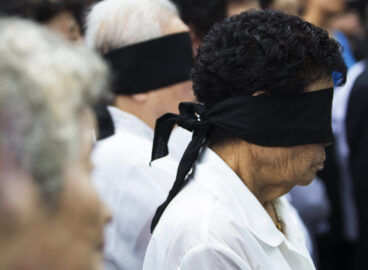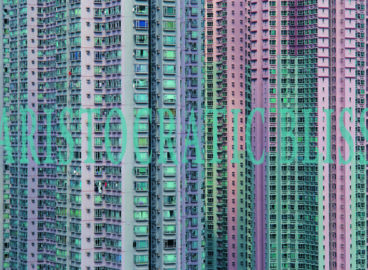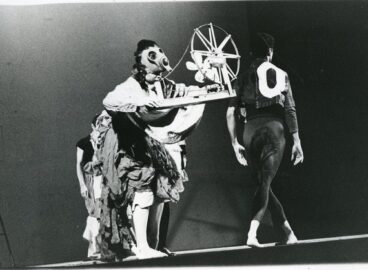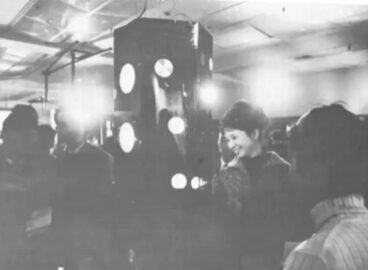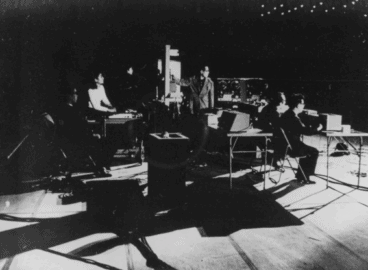By Noam M. Elcott, Julian Ross, Midori Yoshimoto
Although postwar Japanese avant-garde art is considered to have ended in the year 1970, Julian Ross contends that projection installations in the 1970s took on many of its characteristics, namely, an engagement with the concepts of “environment,” “intermedia,” and “display.” These critical concepts were not merely debated in Tokyo, but were also reflected in artists’ practices in Kyoto and Osaka. Ross discusses case studies, including film installations presented in the exhibition Equivalent Cinema (Kyoto, 1972) and other intermedia pieces that involved projection, kinetic art, synthesis art, video, film, sound, etc., in the late 1960s and early 1970s.
